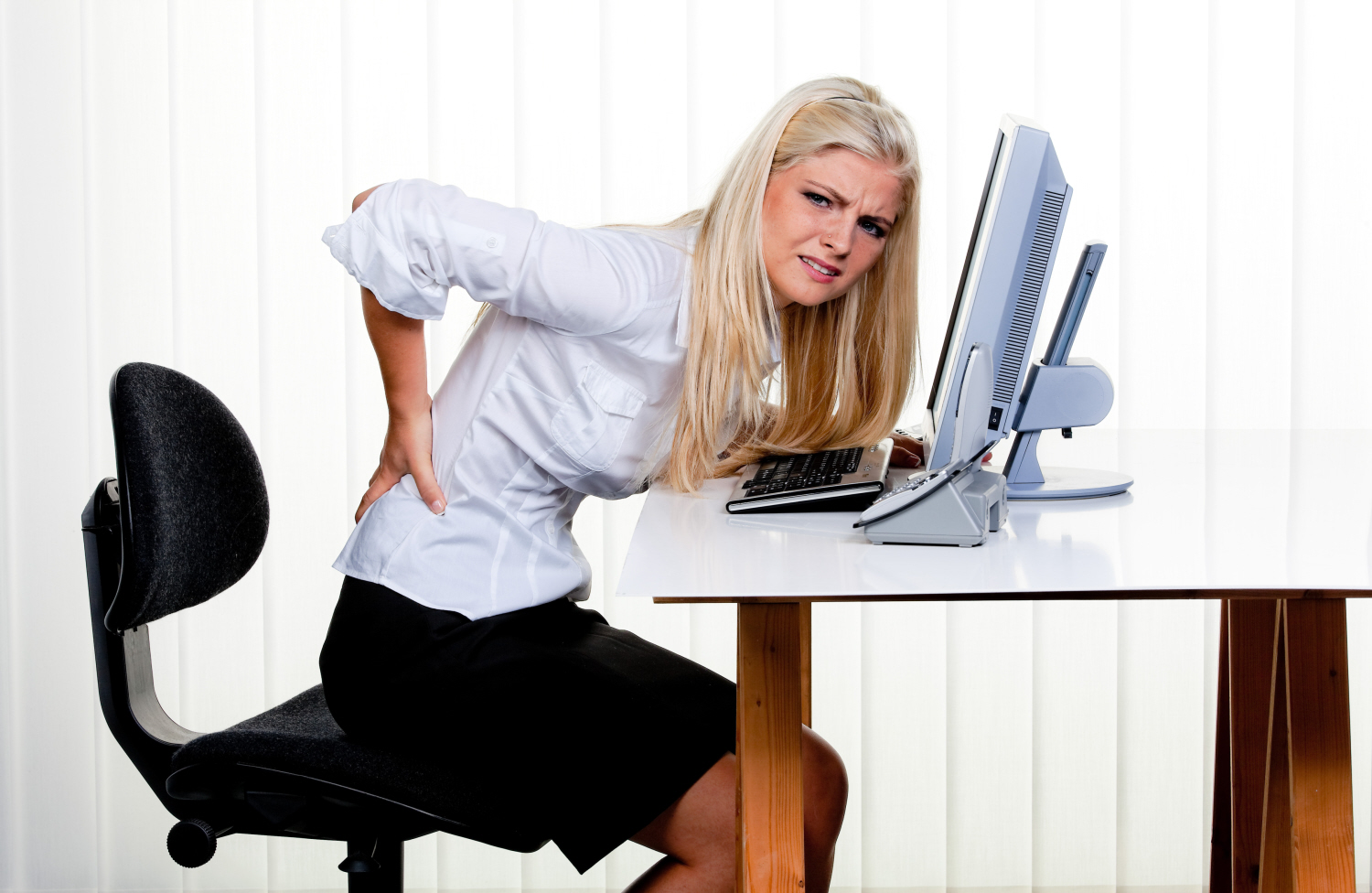Have you ever considered that sitting is dangerous to your health?
Essentially sitting itself is not dangerous, however the length and frequency of sitting is. Both our circulatory system and our musculoskeletal system suffers. Our circulation (cardiovascular) is compromised by reduced activity alone. When sitting we place undo pressures on venous return (blood coming back to the heart) by having our legs bent and non active below our heart for long periods of time, as well as hip and low back pressures that reduce circulation return capabilities. Our entire spine suffers pressures as it is placed into excessive stretch. Especially loading the lumbar (lower back) discs and cervical (neck) muscles.
In a study from 2011 showed the correlation of deaths from cardiovascular diseases in men increased by 25 percent for those who sat three quarters of the day, and by 35 percent by those who sat all day. In women these numbers were 77 percent and 81 percent compared to those who sat almost none of the day!
Long term posture changes cause muscle imbalances and damage to the spine. Much can be said on this topic.
This is indeed a hot topic and an obvious issue for all society...
So, WHAT HAPPENS when YOU SIT?
- calorie usage slows to about 1 cal/min.

- leg muscle activation turns off
- enzymes that break down fat in the body's stores cut back about 90%
In a days worth of uninterrupted (by exercise) sitting...
- Insulin levels drop by 24% which means issues with metabolism and sugar usage
When sitting, your abdominal muscles relax which places extra pressures on your lower (lumbar spine) which creates a greater curve forward called hyperlordosis. This can become a permanent state while prolonged sitting goes on day after day without intervention such as postural exercises.
Spending too much time sitting can increase your risk of developing a herniated lumbar disk.
When sitting, your glutes (buttock muscles) take a break and can atrophy because of limited use. Your hip flexor muscles become tighter and pull forward your pelvis and place further pressures on your lumbar spine.
Thus, sitting is linked to bad backs, weak abdominals, liver and heart disease, muscle degeneration and body fat increase.
